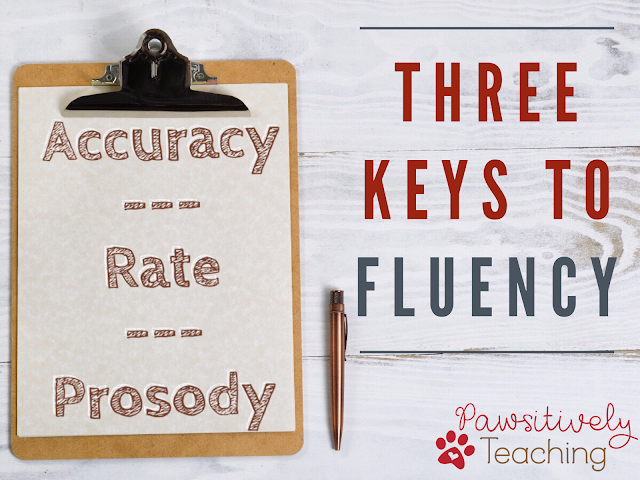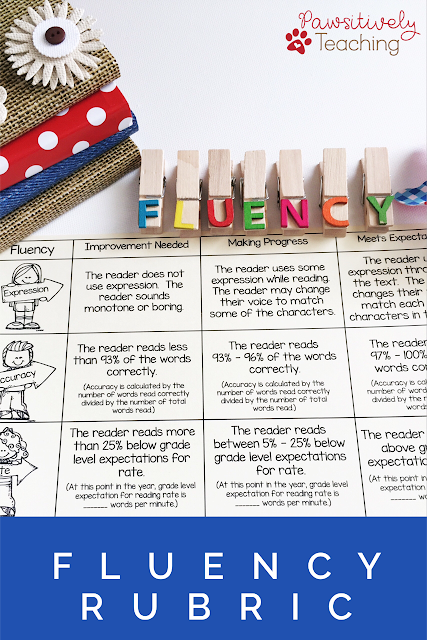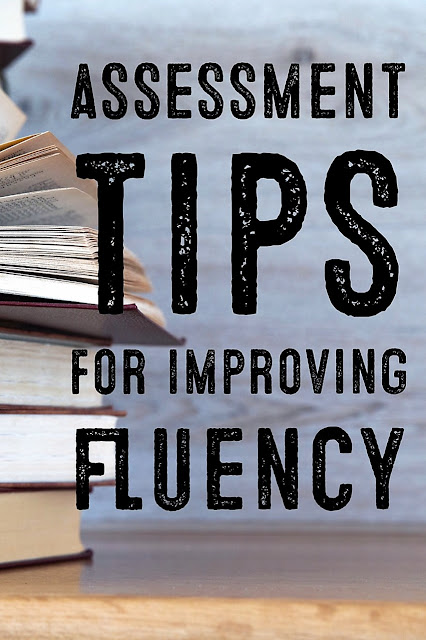
In order to accurately assess a student's fluency and guide his or her development, a teacher needs to look at all the components of fluency. In the simplest of terms, fluency can be divided into three critical components: accuracy, rate, and prosody (expression and smoothness).
A student's ability to decode and process the text can be measured by finding his or her accuracy rate. An accuracy rate can be determined by finding the percentage of words in a text that students can read accurately. For text being read independently, a target accuracy rate should be 95% or higher. If the reader has teacher support, the accuracy level can be between 90%-95%. Any text that a student can not read with at least 90% accuracy is at the frustrational level, and it is likely that the reader will not be able to adequately comprehend the text. When a student does not have an adequate rate of accuracy, it is likely they are losing or changing the meaning of the text.
Rate
A student's ability to process text automatically can be measured by his or her reading rate. This is easily done by having the student read a grade level text for 60 seconds and counting the number of words that are read correctly in one minute. A student's target reading rate will increase as he or she moves up in grade levels. Your district likely has a suggested target reading rate for each grade level, but if they don't, HERE is a link to suggested target reading rates. Students with a rate of 20% below the target reading rate should be considered for intervention. As strange as it sounds, it is also possible for a student to read too fast. Students who sound like they are "speed reading" is not able to use proper expression when reading. It is also likely that comprehension suffers when a child is "speed reading". When it comes to rate, it is important to teach an "appropriate" rate and not simply a "faster" rate.
Prosody
The prosodic reading ability of a student is best measured by listening to a student read grade level text aloud and rating the quality of his or her reading. A prosodic reader combines smoothness and expression. A smooth reader can read in long, meaningful phrases. They notice punctuation and pause as needed. Expression is more than just changes in voice inflection. An expressive reader will change their voice to match characters in the text or the overall tone of the text. A prosodic reader is easy to understand and a pleasure to listen to.
As in all areas of the classroom, parent involvement and communication is crucial to the overall success of the student. I have found this rubric very helpful in communicating their student's progress in fluency development. You can grab this rubric to use in your classroom HERE.
















No comments